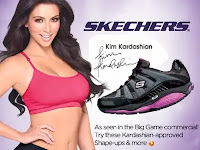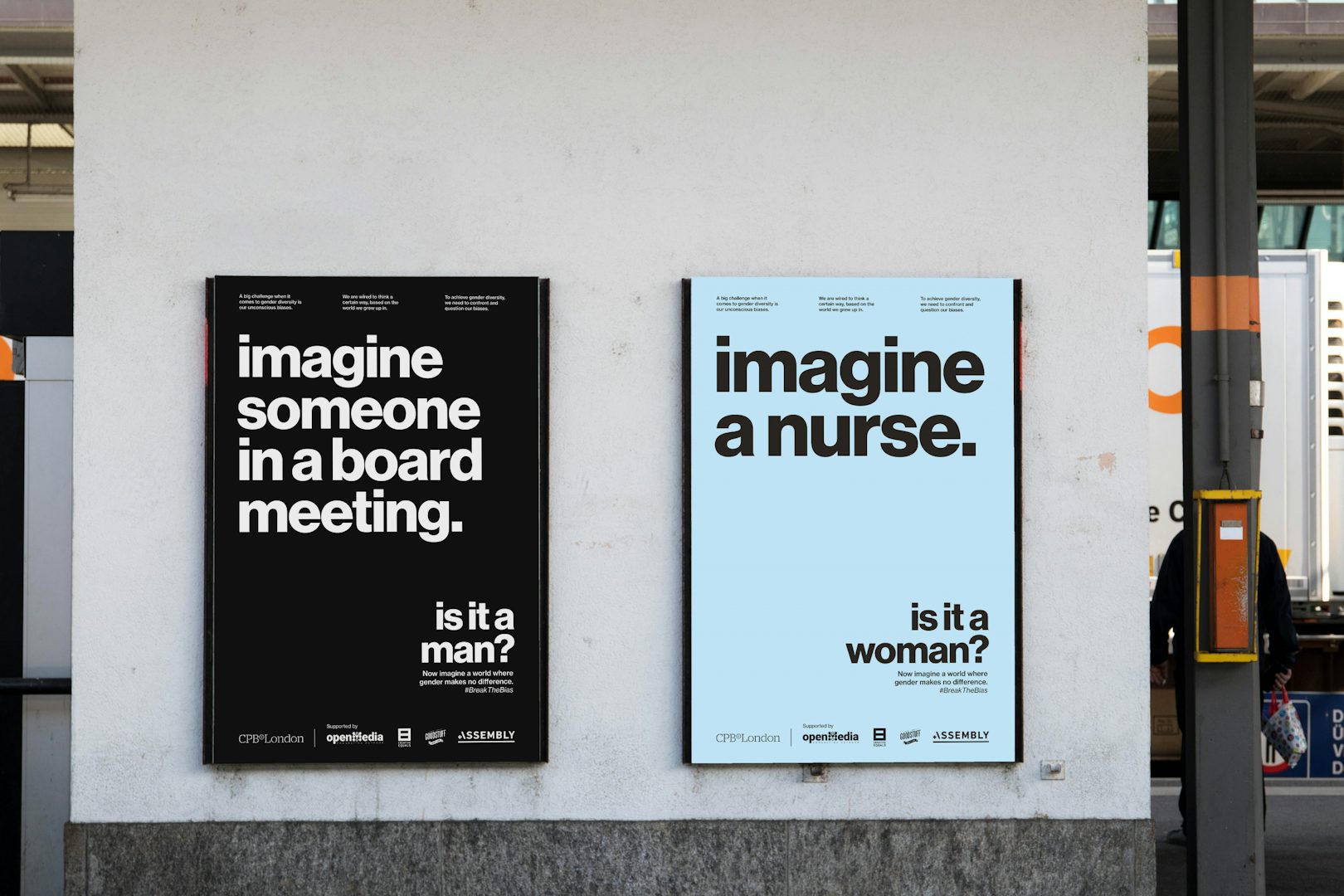1) Find three adverts featuring women that are from the 1950s or 1960s. Save the images to your Media folder as jpegs and then import them into your blog post. Hint: You may wish to look at car, perfume or cleaning products but can use any product you wish.
2) Find three adverts featuring women that are from post-2000. Save the images to your Media folder as jpegs and then import them into your blog post.
3) What stereotypes of women can you find in the 1950s and 1960s adverts? Give specific examples.
With the car advert, woman are clearly sexualised, as they are wearing
very low-cut and revealing outfits. This caters to the idea of the 'male
gaze', as the women are objectified (likened to car polish / wax) and
depicted as sexual objects for the pleasure of a heterosexual, male
audience. As it is clear that this advert is targeted towards men, this
also somewhat reinforces the stereotype that women are less intelligent
than men, in that they are unable to 'understand' cars, engineering,
etc.
The perfume advert (for men) stereotypically represents women as dependent on men. In it, she is clearly holding onto the man, with an expression of awe. Furthermore, the verbal code of "surround her with an air of excitement" create a sense of power and strength associated with the man, contrasting the 'fragility' of the woman as presented by the advert. It reinforces the stereotype that women are inherently weaker than men. She is also wearing a full face of makeup, suggesting that women must 'always be pretty' (for the sake of men).
From the cleaning advert, I can see the 'housewife' stereotype being portrayed, as the woman is characterised as a mother and 'caretaker' figure. I can see her telling her daughter about the product as well, illustrating the idea that girls must learn how to become 'good' mothers by learning how to clean, etc. (reinforcing the stereotype that chores like cleaning, cooking, etc. are 'female-specific' jobs). In addition, the woman has a full face of makeup, with perfect hair, maintaining the outdated stereotype that woman must always be 'dolled-up' and beautiful.
4) What stereotypes of women can you find in the post-2000s adverts? Give specific examples.From the Kim Kardashian Skechers advert, I can see some of the stereotypes in the 1950s and '60s adverts being reused. She not only has silky hair, but also makeup, similar to the previous adverts. In addition, she is wearing revealing, 'vulgar' clothing, catering to the 'male gaze' once again and reinforcing the idea that women exist for the pleasure of men. Most importantly, she has a 'modelesque' figure, perhaps unintentionally suggesting that women must always be 'skinny', once again, for the sake of men.
The Levi's Jeans advert subverts some old stereotypes, while also reinforcing others. For example, the women in the advert are not wearing dresses, suggesting some progression in that women were restricted to the expectations of wearing more 'lavish', 'lady-like' outfits. However, the advert unfortunately utilises the stereotypes that women must always be pretty (again, wearing makeup and having perfect hair), they must cater to men's sexual whims (by wearing revealing clothing), etc.
The Dove advert is by far the most progressive, it intentionally refuses to use the stereotype that women must always be in 'model' shape by using an older woman who isn't as skinny as most models are (for lack of better phrasing). Furthermore, while her clothing 'could' be considered revealing to some audiences, it is not used to represent her sexually and instead emphasises a sense of having pride for your body, no matter what it looks like. The advert instead creates a 'non-stereotype' in a way, in that it illustrates that women can be who they want to be without any restriction.
5) How do your chosen adverts suggest representations of gender have changed over the last 60 years?
Representations of gender have changed heavily as harmful, misogynistic stereotypes of women continue to be abandoned: women are no longer subjected to unrealistic beauty standards ("lookism"); women are no longer expected to be mothers and housewifes; women are no longer used in advertising to target a heterosexual male demographic; women are no longer depicted as dependent on men; etc. Instead, advertising usually celebrates diversity in all areas, with women being portrayed as more independent and confident. While the post-2000s adverts do show some outdated stereotypes being reinforced, in the present, a company would receive substantial backlash from consumers. This has inspired a significant shift in marketing, with many adverts using men where adverts from the '50s and '60s would usually use women (for example, in cleaning adverts, cooking adverts, etc.) However, companies can and will sometimes 'slip up' and create an advert that unintentionally propagates dated ideals, and with the general attitude of the public shifting from being passive to more outspoken, these representations would now, fortunately, be considered wrong.
Extension tasksFind three adverts that subvert gender stereotypes, post the images/links to your blog and write a paragraph about how they subvert the way women or men are usually represented in the media.
The Nerf advert subverts the way that girls are usually represented in the media, as they are usually, in toy adverts, playing with dolls or more 'girly' toys. Instead, she is playing with a toy gun, suggesting a progression in that children are no longer restricted to gendered toys. The advert in the middle calls out the general public for thinking too 'stereotypically' in a way, in that we associate certain professions with different genders. It makes consumers uncomfortable with their own way of thinking, with the advert practically telling them to 'do better'. The Dove advert subverts the outdated stereotype that only women take care of children, while men are the 'breadwinners' and neglect to spend time with their children. It does this by having a father hold the baby instead, showing a trend where men in advertising are depicted in places where women are stereotypically expected to be.
Read this Guardian article on seven female stereotypes that were identified in Australian adverts. Do you recognise the stereotypes that the article discusses?
The article states the seven stereotypes as:
- Model mother – depicting women as the sole caretaker of the home and children.
- Passive little girl – ads showing young girls playing with dolls and home appliances.
- Observed woman – women losing their voice to a male narrator and often intersects with the sexualised woman stereotype.
- Sexualised woman – the seductive woman that suggests only value is their sexual appeal.
- Pretty face – ads that only include women for aesthetic purposes.
- Magical grandmother – older women, often in the kitchen, as a supporting character who is there to offer love to younger characters.
- Ticked-box character – women from diverse backgrounds being included but without any substance, lines or backstory.
The "model mother", "passive little girl", "sexualised woman", "pretty face" stereotypes (although found from modern adverts) were typically used in adverts from the '50s and '60s, where these more outspoken and 'candid' stereotypes were unlikely to receive any backlash. The other three ("observed woman", "magical grandmother", "ticked-box character") have emerged more recently, with these stereotypes being less noticeable in comparison to the others.
This Guardian article reports the first adverts banned for using negative gender stereotypes. Do you think the ASA was right to ban them?
While I agree with the general notion that adverts using negative gender stereotypes should be banned, I do feel like this rule would be quite difficult for anyone, not just the ASA, to enforce, because there is no objective, universal limit to the word 'stereotype'. Potentially, anything could be a stereotype, but how could you tell when it becomes harmful? It's impossible - everyone would have a unique interpretation and reaction if we all witnessed the same advert, some may be hurt by it and some might be inspired by it. Of course, banning more overt negative representations would be easier, such as adverts similar to those found in the '50s and '60s. But, when it comes to most other adverts, where stereotypes can be used very subtly - either intentionally or unintentionally, where do you draw the line? Therefore, I do not agree with the ASA, as there is no foundation that they can use to justify banning any advert.










No comments:
Post a Comment